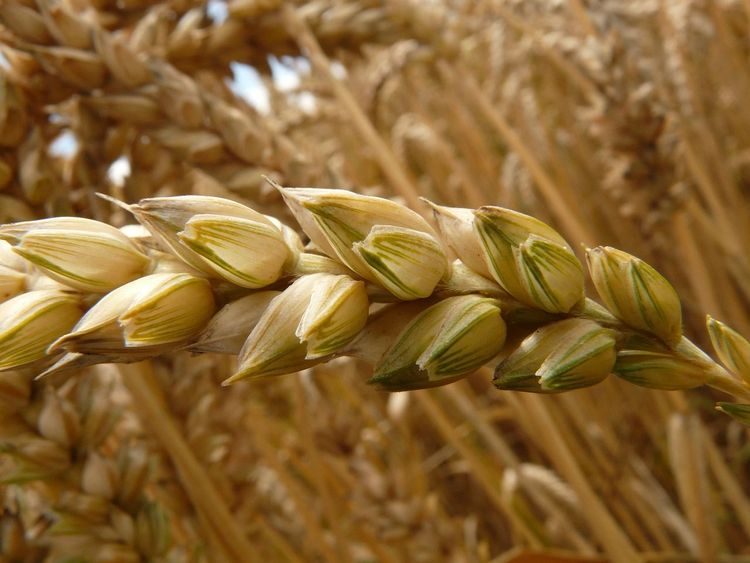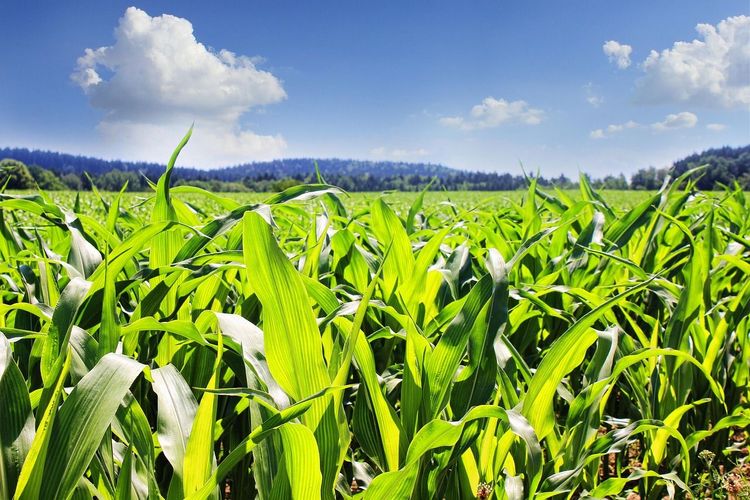Gro Model Signals Smaller US Hard Red Winter Wheat Crop
Despite an increase in planted acreage for US hard red winter wheat (HRW), production is expected to decline due to dry conditions in the southern Plains caused in part by La Niña. Gro’s machine learning-based yield model is currently forecasting a sizable yield decline from last year, although favorable weather when the crop emerges from dormancy in the spring could still boost final yields.
A shortfall in US wheat production would represent a significant setback in efforts to rebuild global wheat supplies, currently at their lowest levels in many years. It would also give added support for wheat prices, which have already risen 25% over the past year, raising costs for consumers and a wide variety of food manufacturers. Countries that are net importers of wheat could face growing challenges from food price inflation.
Gro’s US Hard Red Winter Wheat Yield Forecast Model can be viewed here. An expected production decline comes despite a 2.2% boost in total winter wheat acreage reported this week in the USDA Winter Wheat Seedings report. The increase includes a 1% gain in hard red winter wheat planted area, and a 6% expansion of soft red winter wheat acreage.
The US HRW crop, currently in its dormant stage, got off to a weak start with dry conditions in Kansas, Nebraska, Colorado, Texas, and Oklahoma, as the Gro Drought Index shows. Good-to-excellent crop conditions in Kansas, the top producing state, fell from 62% in late November to just 33% in early January. Oklahoma’s crop-condition ratings followed a similar downward trajectory.

Gro’s Climate Risk Navigator application also shows heightened drought impacting Canada’s winter wheat-growing areas, although there is still time for the region to build moisture reserves. Click here to learn more, or to schedule a demo, about Gro’s Climate Risk Navigator.
Last year’s drought-hit wheat crops in Canada, the US, and Russia depressed major exporters' stocks-to-use ratio. Several countries, including top global exporter Russia and Argentina, enacted protectionist measures capping wheat exports to counter domestic inflation. China, the largest consumer of wheat, might also need to increase imports of food-grade wheat this year, after domestic wheat prices hit new highs.
These developments have placed a greater-than-usual burden on the US to make up for any global supply shortfalls. US HRW is typically harvested in the late spring and early summer, and as this year’s crop breaks dormancy this spring, in-season yields will be closely watched to see if the US crop can satisfy international demand.
 Insight
InsightPrices Surge for Cocoa, Coffee, and Other ‘Soft’ Commodities
 Insight
InsightUS Cotton Acreage Will Jump in 2024, Gro Predicts
 Insight
InsightImproved Conditions Boost Prospects for India’s Upcoming Wheat Harvest
 Blog
Blog

 Search
Search